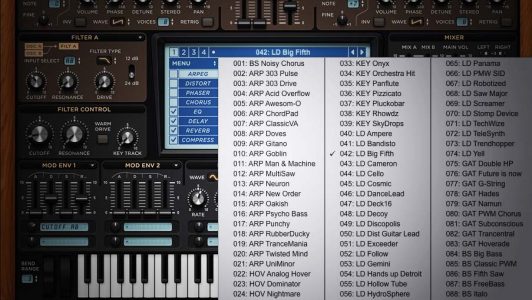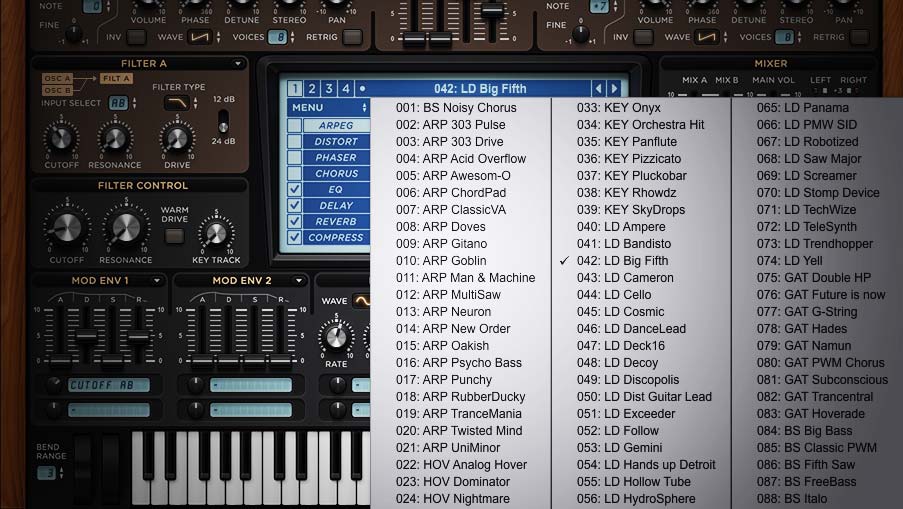Recycling presets and samples
After producing music for a couple of years, you’ll start to develop your own sound. You probably have dozens of tracks laying around filled with custom presets and samples you spent hours creating. It would be a shame to do nothing with these samples, right?
I recently discovered that all those sounds I made aren’t that bad at all, and it would be useful to have easy access to them. So, I went back to my previous projects and started scavenging useful information. I exported all kickdrums, snares, loops and saved them in a custom folder along with my created synthesizer presets. 
Presets increase your workflow
If you produce for clients you have to speed up your workflow in order to create ideas quickly. It helps to create templates for different styles of music with some of your custom sounds loaded in. I don’t say you always have to use these presets but if you’re short on time, working like this can really help you produce faster.
You could even schedule sessions for yourself where you only work on sound design. Create some kickdrums, snares or synthesize a couple of synth plucks. By separating music creation and sound design, you always have new sounds at your disposal when you have little to no time for producing. Having sounds ready at any time also prevents you from ruining your creative flow when you are composing.
Store track presets
Many DAW’s allow you to store track presets so you can load a completely dialed in effect chain in one go. This is not only useful during music production, but also when you mix. When you notice that you do certain things the same way each time, it is time to store some presets.
If you ever find yourself in a sound design rut, bring up a synth and dive into some presets. Look at how they are made and try to recreate them. I am sure you learn some new techniques which you can apply to your own sounds.
And if you just don’t feel like synthesizing sounds, get a field recorder or even your phone and just record the sounds you hear outside. There are millions of ways you can use field recordings in your tracks. Use it as ambiance to bring in some organic movement. Cut out parts and reverse them, pitch them down, apply reverb and delay and I’m sure you will create sounds you never thought of before.











